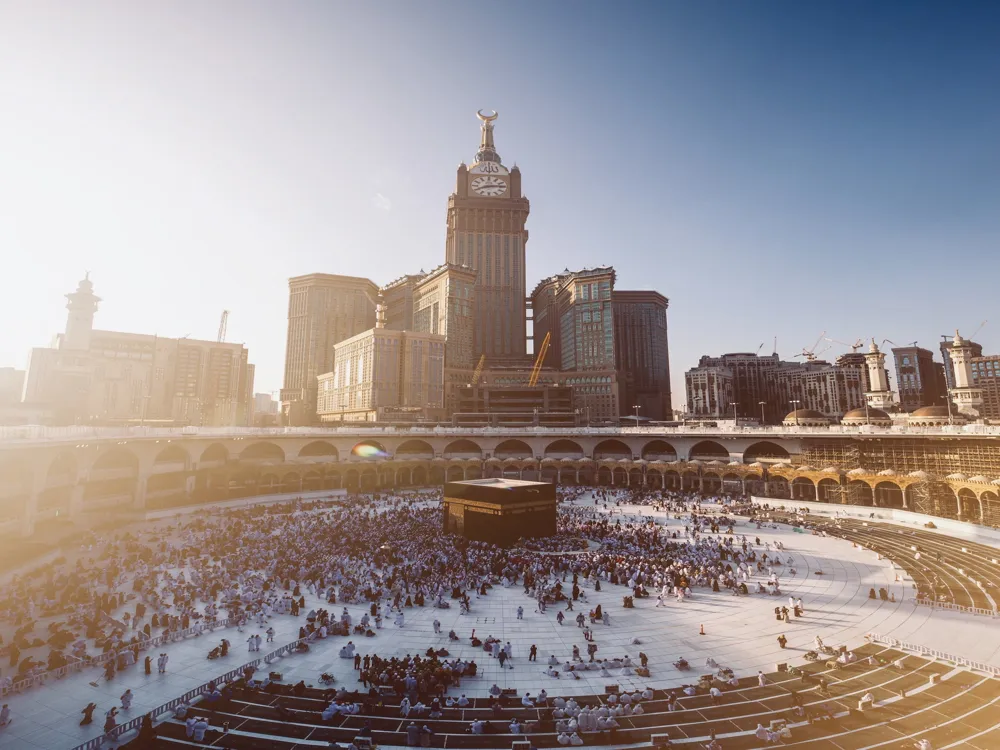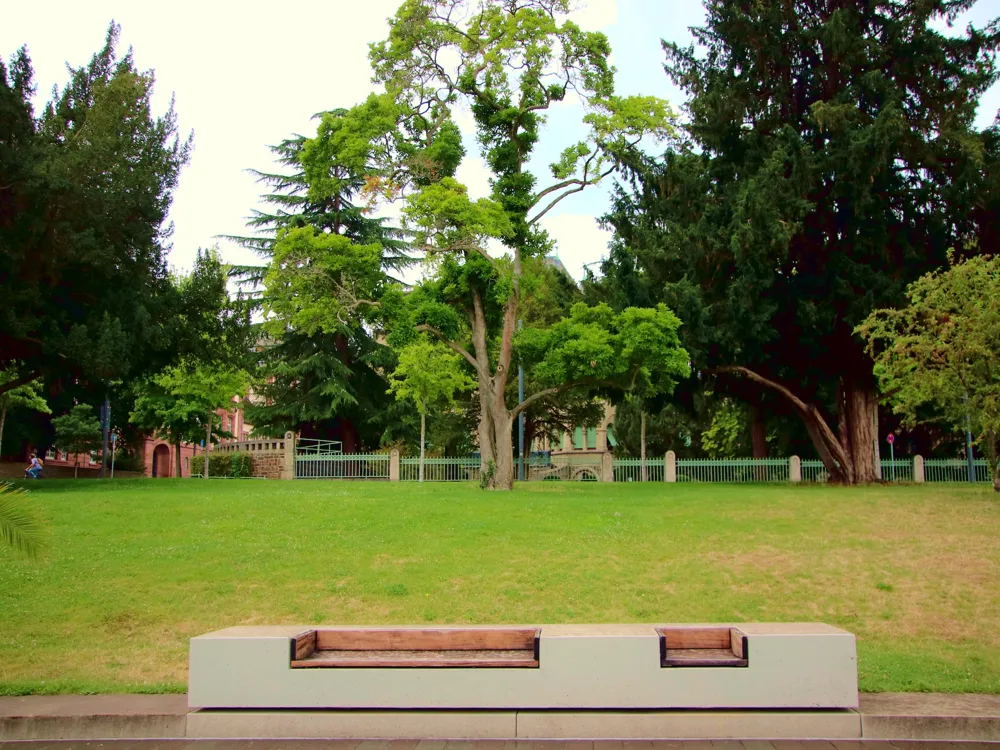The Hajo Powa Mecca, nestled in the heart of Assam, India, is a site of immense cultural and historical significance. Revered by both Hindus and Muslims, this sacred place offers a unique testament to the rich, diverse religious tapestry of India. The history of Hajo Powa Mecca dates back to the 12th century, standing as a symbol of unity and spiritual harmony.
The site's name, 'Powa Mecca,' is believed to signify a quarter of the sanctity of Mecca, the holiest site in Islam. This fascinating destination draws thousands of pilgrims and tourists each year, who come to experience its serene beauty and the remarkable co-existence of Hindu and Islamic beliefs. The area surrounding Hajo Powa Mecca is dotted with various temples and mosques, each with its own story and significance, contributing to the area's rich religious and cultural heritage.
The town of Hajo, where the Powa Mecca is located, is an ancient pilgrimage center, hosting a range of other significant religious sites. This includes the Hayagriva Madhava Temple, a revered place for both Hindus and Buddhists. The coexistence of these diverse religious sites in close proximity to each other makes Hajo a unique symbol of India's inclusive religious ethos.
The historical significance of Hajo extends beyond its religious importance. It has been a witness to various historical events and shifts in power, with its monuments and structures reflecting the architectural styles and cultural influences of different eras. The intricate carvings and architectural designs at Hajo Powa Mecca offer an insightful glimpse into the artistic heritage of the region.
The architecture of Hajo Powa Mecca is a splendid example of the fusion of Indo-Islamic architectural styles, reflecting the syncretic nature of the region's cultural and religious history. The main mosque, constructed in the 17th century, is said to have been built using soil brought from Mecca, the holiest site of Islam, which is why it is revered as 'Powa' (quarter) Mecca.
The mosque showcases a unique blend of Islamic and Hindu architectural elements. Its domes and minarets are characteristic of Islamic architecture, while the intricate carvings and motifs bear a resemblance to traditional Assamese designs found in Hindu temples. This amalgamation not only makes the Hajo Powa Mecca architecturally significant but also symbolizes the confluence of different cultures and religions.
The construction techniques and materials used in the mosque also tell a story of the historical and cultural influences in Assam. The use of locally sourced materials and adaptation of the mosque's design to the local climate and topography is a testament to the ingenuity and skill of the artisans of the time.
Surrounding the mosque, the complex includes several other structures, such as tombs and smaller mosques, each contributing to the overall aesthetic and spiritual ambiance of the site. These structures embody a range of styles, from the simplistic to the ornate, offering a visual representation of the various periods and influences that have touched this region.
As a site revered by multiple religious communities, it is important for visitors to Hajo Powa Mecca to respect local customs and traditions. Dress modestly, and be mindful of the sanctity of the site, especially when visiting religious structures.
The best time to visit Hajo Powa Mecca is between October and March when the weather is pleasant. Summers can be quite hot, and the monsoon season may lead to heavy rains, which could affect travel plans.
Consider hiring a local guide or joining a tour group to get a comprehensive understanding of the site's history, architecture, and cultural significance. Local guides can provide insights that are not readily available in guidebooks.
Hajo Powa Mecca is well-connected by road and is accessible from various parts of Assam. The nearest major city is Guwahati, which is approximately 24 kilometers away. Visitors can reach Hajo Powa Mecca by bus, taxi, or private vehicle from Guwahati. The nearest airport is Lokpriya Gopinath Bordoloi International Airport in Guwahati, which is well-connected to major cities across India. For international travelers, connecting flights from major cities like Delhi, Mumbai, or Kolkata can be availed to reach Guwahati. From the airport, taxis or buses can be taken to reach Hajo.
Overview of Hajo Powa Mecca, Assam
Architecture of Hajo Powa Mecca
Tips When Visiting Hajo Powa Mecca
Respect Local Customs and Traditions
Best Time to Visit
Local Guides and Tours
How To Reach Hajo Powa Mecca
Hajo Powa Mecca
Hajo
Assam
NaN onwards
View hajo Packages
Hajo Travel Packages
View All Packages For Hajo
Top Hotel Collections for Hajo

Private Pool

Luxury Hotels

5-Star Hotels

Pet Friendly
Top Hotels Near Hajo
Other Top Ranking Places In Hajo
View All Places To Visit In hajo
View hajo Packages
Hajo Travel Packages
View All Packages For Hajo
Top Hotel Collections for Hajo

Private Pool

Luxury Hotels

5-Star Hotels

Pet Friendly





















